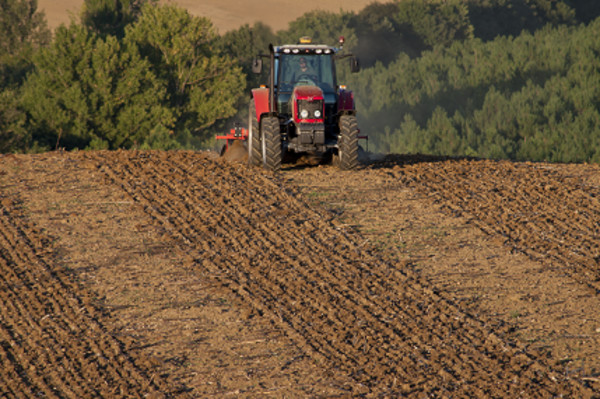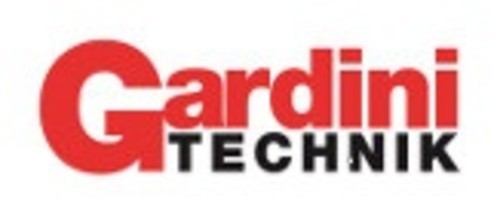
Scenario
Cooperation and agricultural mechanization: Report of the 2015-2017 tenders
The complex world of international tenders is represented by a multitude of players, such as institutions dedicated to the food sector, and others focused on development. In the three-year period 2015-2017 were published 285 tenders concerning, exclusively or partially, the purchase of machinery and equipment for agriculture
by Vito Sileo
October - November 2018 | Back
After putting emphasis on the market of tenders concerning the agricultural mechanization in EU Countries for the three-year period 2015-2017 (see Mw nr. 4-5, 2018 ), it would be useful to consider the wide range of opportunities provided by the Procurement Plans of those projects promoted by the biggest international institutions. The objective of this work is to supply a concise summary of the support interventions promoted by the international institutions to developing countries concerning the technologies for agriculture (machinery and equipment). Many players concur to establish the objectives as well as the size of funds dedicated to the growth of beneficiary countries, from the WB system to the organizations responsible for the food sector (WFP, FAO, and IFAD), and the institutions dedicated to developing cooperation (UNDP, and UNIDO). However, from a methodological point of view, several factors increase the complexity of this European data acquisition and processing system. It is difficult to draw a comprehensive overview of the Procurement’s international market, due to the fragmentary and/or incomplete data collected by the various European institutions, as well as to the difficulty to identify the specific sectors of machines and equipment to which tenders are addressed. The istitutions of reference belong to three groups: UN procurement system (central departments and single agencies, for example FAO, IFAD, UNIDO, etc.); the banking system for the promotion of the economic development (World Bank and regional banks for the local development); agencies and institutions (also of single countries) involved in enhancing the international cooperation and contrasting the delay in the economic development. Obviously, from the analisys are excluded those tenders published by national institutions (governments and other sub-government bodies). Market trend In the three-year period 2015-2017 the above-mentioned institutions published 285 tenders which regarded, exclusively or only partially, the purchase of machinery and equipment for agriculture. A first segmentation concerned the types of products to be purchased, and, in many cases, the tenders involved general categories (machinery or equipment for agriculture), and, for this reason, it was not possible to identify a specific category of products. In cases where a more detailed category description was available, there was a prevalence of tractors and harvesters, compared with other types of operating machines and equipment. The tenders' geographic distribution refers to the beneficiary countries that received an economic support from those institutions. Georgia and the Philippines are the countries that received, in purely numerical terms, the highest number of supplies. With regard to the origin of funding, a leading role was played by the United Nations, that in the sector of technology applied to agriculture operates through the UNDP (United Nation Development Program) and its special agencies (FAO and IFAD). The role played by the banks for the economic development, even if focused on more expensive projects, was less important.
TAGTenders








